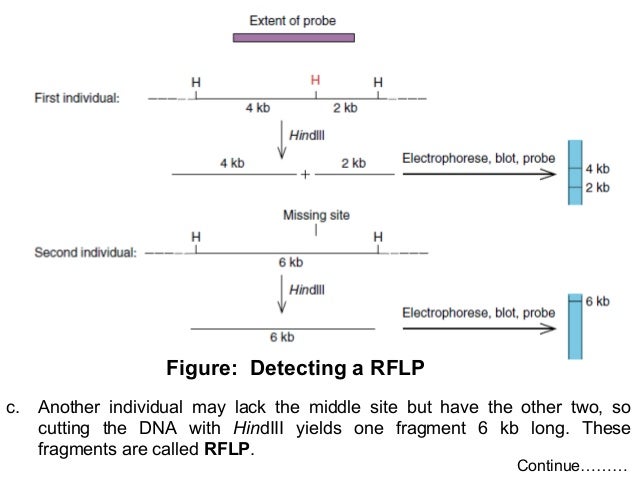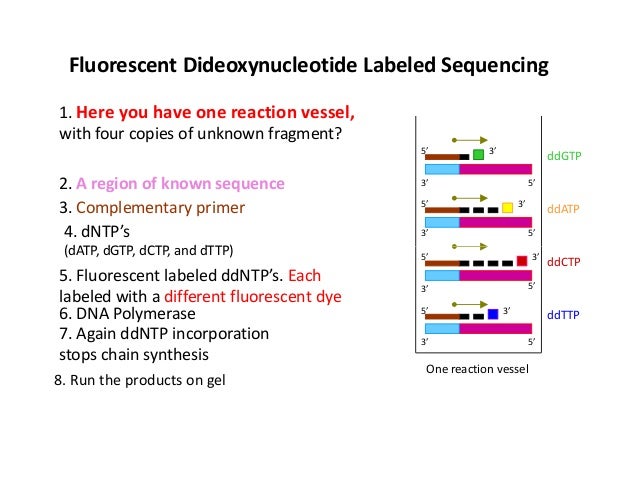

“BLAST sample output” By Fdardel – Own work (CC BY-SA 3.Chimpanzees are the closest living relatives of humans. “Alignment based and alignment-free phylogeny” By Kolekar Pandurang – Own work (CC BY 3.0) via Commons WikimediaĢ. “Sequence Alignment.” Sequence Alignment – Bioinformatics.Org Wiki, Available here. “Identity and Similarity – a Quantitative Measure.” Identity and Similarity – a Quantitative Measure, Available here.Ģ. Thus, this is the summary of the difference between similarity and identity in sequence alignment. The key difference between these two terms is that similarity is the resemblance between two sequences in comparison whilst identity is the number of characters that match exactly between two different sequences. Hence, similarity and identity are two key terms in the context of sequence alignment. Sequence alignment helps to identify regions of resemblance in DNA, RNA or protein resulted due to functional, structural or evolutionary relationship between the sequences. Summary – Similarity vs Identity in Sequence Alignment Therefore, this is the key difference between similarity and identity in sequence alignment. Similarity in alignment tells the resemblance between two sequences when compared while identity in sequence alignment tells the amount of characters that match exactly between two different sequences.

What is the Difference Between Similarity and Identity in Sequence Alignment? Moreover, we express them as a percentage value.Also, they refer to the resemblance between the two sequences.Both similarity and identity are two terms we use in sequence alignment.What are the Similarities Between Similarity and Identity in Sequence Alignment? This is deduced in terms of the identity distance measure. If X=Y and Y=Z, then X is not necessarily equal to Z. It significantly implies that it has the effect where the sequence identity is not transitive. The measurement is considered to be relational to the shorter sequence among the two sequences. Hence, gaps do not count when assessing identity. Identity in sequence alignment is the number of characters that match exactly between two different sequences. After pair-wise alignment, it is necessary to obtain two quantitative parameters from each pair-wise comparison. The matching algorithm finds the minimum number of edit operations in-dels and substitutions in order to align one sequence to the other sequence. The initial step is pair-wise alignment, which helps to find the optimal alignment between two sequences (including gaps) using algorithms such as BLAST, FastA, and LALIGN. There are two main steps to sequence alignment process. In bioinformatics, similarity is a tool to assess the likeness between two proteins.įigure 01: Similarity in Sequence Alignment Hence, similar sequences contain similar properties. Similarity depicts the extent to which the residues are aligned. This fact is dependent on the identity of sequences. Similarity in sequence alignment is the resemblance between two sequences when compared. Side by Side Comparison – Similarity vs Identity in Sequence Alignment in Tabular Form Similarities Between Similarity and Identity in Sequence Alignmentĥ. What is Similarity in Sequence Alignmentģ. In order to align the identical characters in successive coloums, inserted gaps are present between the residues. At the end of the alignment, they will be presented as rows within a matrix. It is the procedure in which the sequences of DNA, RNA or protein are arranged to identify regions of resemblance that is a consequence of functional, structural or evolutionary relationship between the sequences. Sequence alignment is a major term in bioinformatics. The key difference between similarity and identity in sequence alignment is that similarity is the likeness (resemblance) between two sequences in comparison while identity is the number of characters that match exactly between two different sequences.īioinformatics is an interdisciplinary field of science that mainly involves molecular biology and genetics, computer science, mathematics, and statistics.


 0 kommentar(er)
0 kommentar(er)
